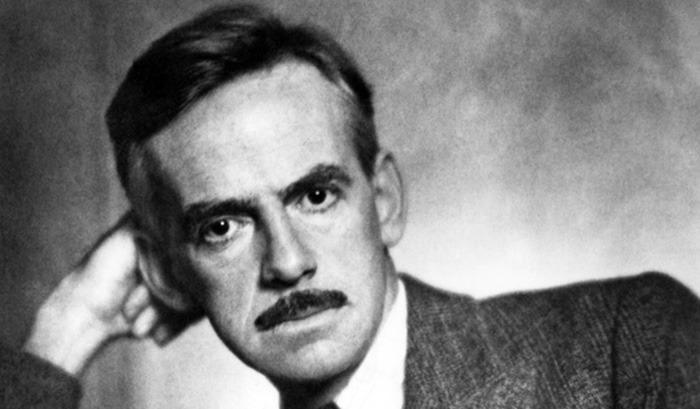If any more statues are put up in Culver City, I'd like to suggest that it be one of Louis B. Mayer, Metro Goldwyn Mayer's studio chief from 1924 until1951.
There's a statue of founder Harry Culver in front of the namesake hotel he built in the early 1920s.
But Culver was pretty much out of the picture by 1931, his real estate empire drowning in bankruptcy during the Great Depression.
There's a Howard Hughes Center in bordering Westchester. But the Howard Hughes legend withers under a microscope; Hughes single-handedly destroyed RKO Studios where Walt Disney, John Ford, Orson Wells, Fred Astaire and Ginger Rogers made classic films.
He led the assault on Charlie Chaplin in the early 1950s, getting Chaplin's classic “Limelight” yanked from distribution. As a movie producer, he was a total dud. Two of Hughes's overblown epics, “The Outlaw” and “The Conqueror,” are ranked among the 100 worst films ever made.
In the Beginning
The man who helped shape Culver City more than anyone else was born Lazar Meir in 1885 in a lumber-producing town, Dymer, Russia. Louis B. Mayer was not a producer, but the administrator of the greatest motion picture studio of the 20th century.
By 1934, the studio had 23 modern sound stages, 117 acres of backlots and the world's largest film laboratory.
In 1934, there were 4,000 employees working at the Culver City Studios, including 61 stars and featured players, 17 directors and 51 writers under contract.
Sixty years ago MGM celebrated its Silver Jubilee. While the other studios went into the red, MGM turned a profit. The films released that year included two sparkling musicals starring Gene Kelly and Frank Sinatra, “On The Town,” and “Take Me Out To The Ball Game,” the Fred Astaire and Ginger Rogers reunion “The Barkleys of Broadway,” and “Neptune's Daughter,” starring Esther Williams, Red Skelton and Ricardo Montalban, which won an Academy Award for Best Song, “Baby, It's Cold Outside.”
At Their Height
Not to be overlooked is Spencer Tracy and Katharine Hepburn's best film together, “Adam's Rib,” about two married lawyers at loggerheads, was released in 1949.
There also was the critically acclaimed “Intruder in the Dust,” from William Faulkner's novel about an attempted lynching in Mississippi, which was directed by Clarence Brown.
Mayer left the studio he helped create in 1951.
Although he could be cruel and manipulative, he hardly was the ignorant ogre that has been presented by many of his critics.
According to his grandson, Daniel Selznick, Mayer was a culturally aware and thoughtful person. Selznick recalled that Mayer knew all of his employees by their first names and thought of them as his “family.”
Mayer succeeded because he had the capacity to select the right producers, the right directors and cast members, and then give them the autonomy to do the job.
It took 20 years to destroy MGM after Mayer left in 1951. Mayer died on Oct. 29, 1957. His memorial service was at the Wilshire Boulevard Temple with the legendary Rabbi Edgar F. Magnin presiding. Longtime friend Spencer Tracy delivered the eulogy.
Said Tracy:
“The merchandise he handled was completely intangible. He couldn't measure it with a yardstick. For it was a magical merchandise of laughter and tears, of enlightenment and education. It was nothing more than gossamer.”
Mr. Hawkins may be contacted at rjhculvercity@aol.com







